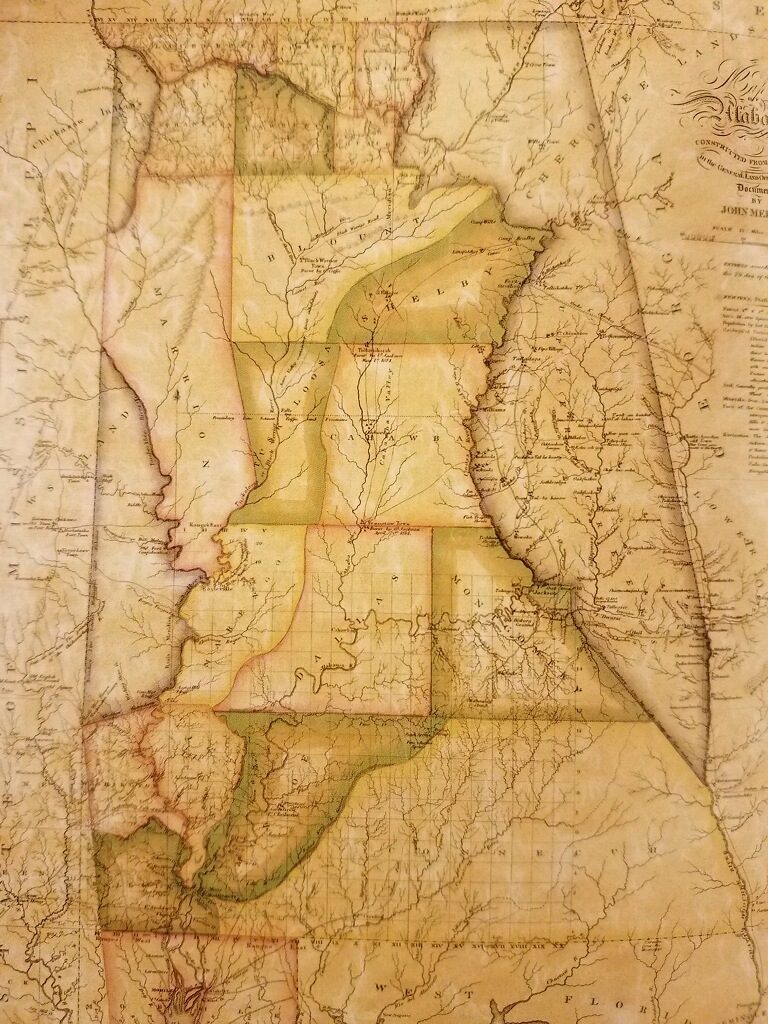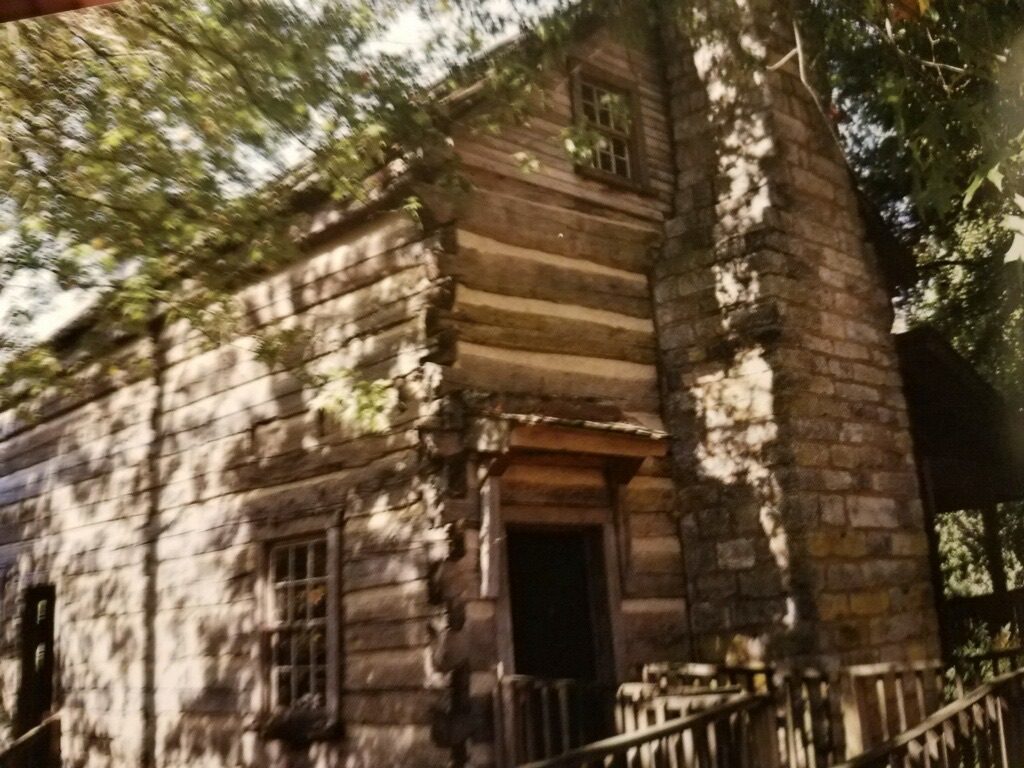
How did you choose the years to examine in your new book, Early Alabama: An Illustrated Guide to the Formative Years, 1798–1826?
“Prior to statehood, the Mississippi Territory grew to eventually divide both Mississippi, which became a state in 1817, and Alabama, which became one a couple of years later in 1819. Both states trace their origins to the original formation of the Mississippi Territory in 1798, so that’s the date I go with.
In the book, I trace the first few years of Alabama’s statehood to when the capital loved to Tuscaloosa in 1826. That’s a good dividing point between the formative period and the heart of the antebellum era.”
Alabama has long had a reputation for a lot of corruption in its state politics due to the founding framework of its government. Do you think that’s true?
“There’s a degree of truth to that, but I don’t think it’s to any degree more than its neighboring states. And I think it wasn’t in the context of corruption—more the misuse of power that’s been going on forever.
Later, provisions on voting allowed representation to be not as much the population of each county so that rural counties could keep a lock on Alabama politics for a long time. That’s especially true in the Black Belt, which stretches across from the Mississippi border to the Georgia state line in the southern part of the state. But those provisions were put into place after this period, during the antebellum period.”
Is that region called the Black Belt because of the soil? Or because of the people living there? It seems you hear both explanations.
“The soil. The region has a particularly rich, dark soil that was home to some of the best cotton-producing land on the North Amerian continent. It would eventually come to be associated more with the people, as it was heavily populated with staves—a legacy of that history.”.

Why is this history presented in your book as an illustrated guide?
“I was asked to write something on Alabama’s early development. I wanted to do that but also include images of the still-standing historical sites to give people a tool to visit that built environment. That portion of the book serves as a tour guide to historic sites through images of places you can visit and appreciate what life was like at the time.”
Which of those sites stands out to you as a must-see?
“For anybody that has any interest in Alabama’s formative period, I would encourage them the next time they’re headed down to the beach and Gulf Shores to stop and see Ft. Mims. It’s iconic as a turning point in American history that was—for lack of a better description and to help folks understand its significance—pretty much the Pearl Harbor of the 19th century South. Everything in early Alabama history is divided as before and after that battle.
Also, the territorial capital of St. Stephens and Horseshoe Bend, a Creek War battlefield site.”
What is one aspect of Early Alabama that will surprise readers?
“I would say that, counter to what most people think, that in the very early years very few churches stood here.
The church was not the first thing you built when you’re trying to establish a community. People focused on growing crops and buildinghomes. People associate the Deep South with the Bible Belt—and the first settlers definitely considered themselves part of the Christian faith—but churches were not a prominent part of the built environment until the 1820s. People would meet in each others’ houses and in courthouses to hold church services.”
Were these early settlers transient? Moving from place to place, crop to crop?
“A good bit of them were. They were seeking the best land for the best price. If they couldn’t find that, they just moved on to Texas and Missouri.”

the Eddins House in Huntsville was built in 1809.
What’s one aspect of this history that you were surprised to learn during your research?
“I was a little surprised to see the rapid growth and major influence of Huntsville in north Alabama when it came on the scene.
Mobile was kind of languishing as a colonial center, though it’s largely assumed as having all the money and tradition. As soon as Huntsville opened up for settlement, it boomed. The constitutional convention was actually held there and Huntsville/Madison County had a majority of the delegates in attendance.
For a short period of time, Huntsville was really calling the shots in Alabama. It was founded on particularly rich soil out of former Cherokee lands. Swarms of migrants came pouring in. If you were coming into this new territory form Tennessee, this was your first stop.”
What’s the one takeaway you hope people will get from your book?
“That this era is the foundation for how Alabama would take shape in the antebellum period that you can directly trace back to these first formative years. It’s often under-looked in studying the state’s history. It’s an era unto itself—when the frontier formed the framework of the state to come.”

Age: 46
Education: University of Alabama for undergrad and then two Master’s degrees (History, Higher Ed. Administration). Public history certification.
Best all-time University of Alabama football player. “It’d be hard to say anybody was better than Derrick Thomas.”
Best all-time Auburn football player: “I’m old school, so I’ll say Bo Jackson. However, what Cam [Newton] did in basically changing the game by himself might surpass what Bo did.”
Best Mardi Gras—Mobile or New Orleans? “If you want to party, go to New Orleans.If you want an unrivaled family experience, go to Mobile.”
Favorite figure in Alabama history: “The person with the most influence—who was not born here but spent a lot of time here and influenced the state most dramatically—is Andrew Jackson. Besides his political and military leadership, he did some land speculation and owned property in the state. He’s really closely associated with this entire era and is the central figure in it.”
Biggest misconception about Alabama: “That it’s always been this struggling backwater. But the truth is, Alabama has a lot to be proud of today and in its past. In this formative period, it was a growing, thriving, dynamic part of the United States’ development. There’s an abundance of natural resources along with a rich cultural history that’s a lot deeper than what most people think.”

